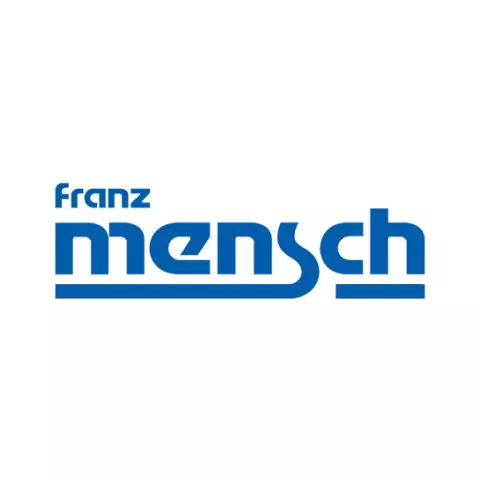Hygostar Laboratory Cleaning Kit
5.0 / 5
Franz Mensch Nordics logo
Franz Mensch Nordics
visit storeProduct description
The product description has not been specified
- Antimicrobial Protection
- Chemical Resistance
- Cut Resistant
- Respiratory Protection
- Eye Protection
- Hand Protection
Request a free sample
Test first and buy later. Visit any product page to request your free sample.
Standards and labels
Franz Mensch Nordics delivery terms
Free delivery when you order more than 150,00 € from Franz Mensch Nordics
Supplier shipping fee 4,74 €
Brand minimum 0,00 €
Prices excl. VAT
125,05 €
Price per 12 packages (12 pcs)
10,42 € / piece
Estimated delivery: Sep 1-3rd
Minimum: 1 carton
Add 1 to reach minimum
Shipping fee is 4,74 € for orders under 150,00 €
A carton contains 12 packages (12 pieces)
View packaging details
Need larger quantities?
Other products you may like
Recently viewed
Other products you may like
Similar products you may like
Autonomous sourcing platform
The most efficient way to source and order supplies for your operations
Sourcing
Find all possible options within Europe in one place
Tap into the purchasing power of 1000s of customers
Set Price Alerts for your products and volumes
Ordering
Single process to order for your suppliers
Centralize orders to reduce admin work
Easily coordinate orders with your team






